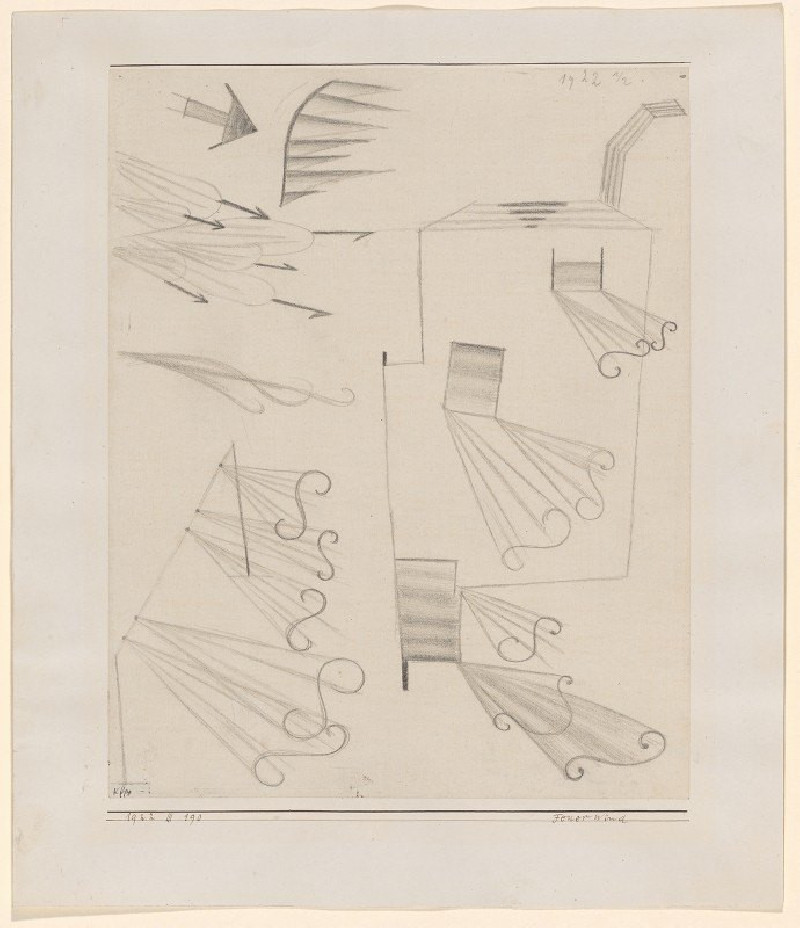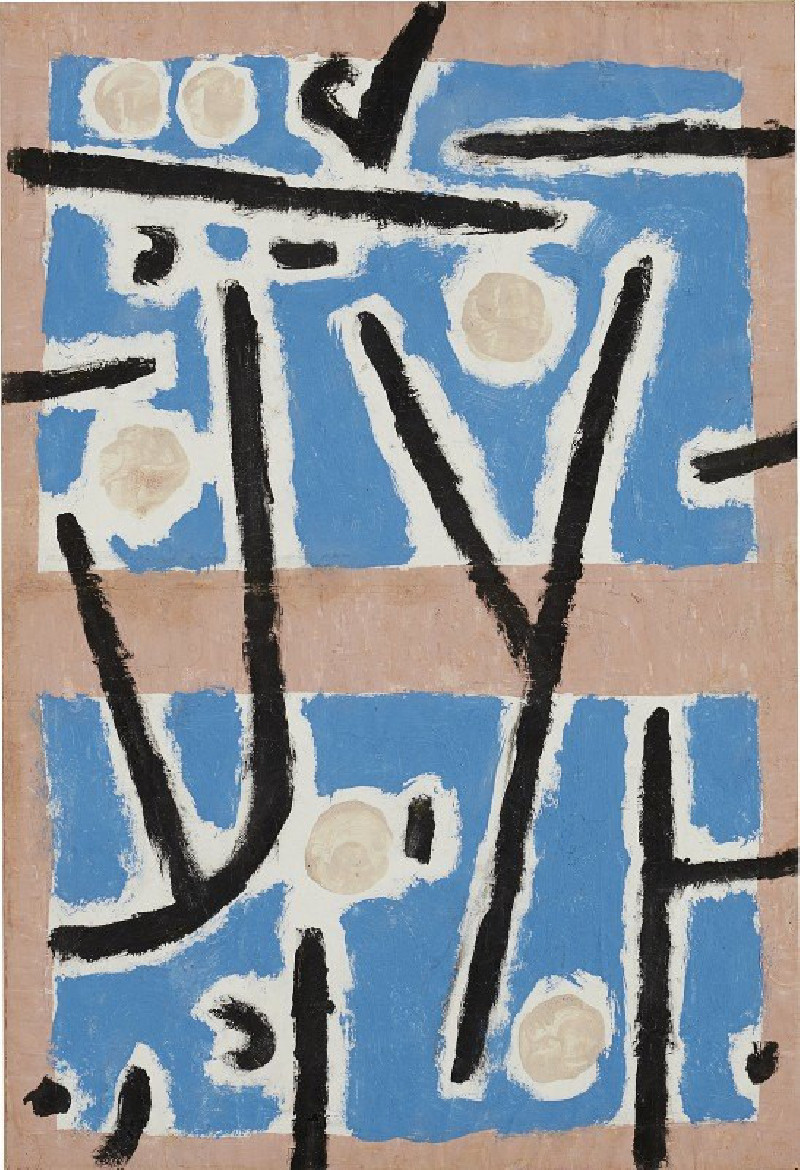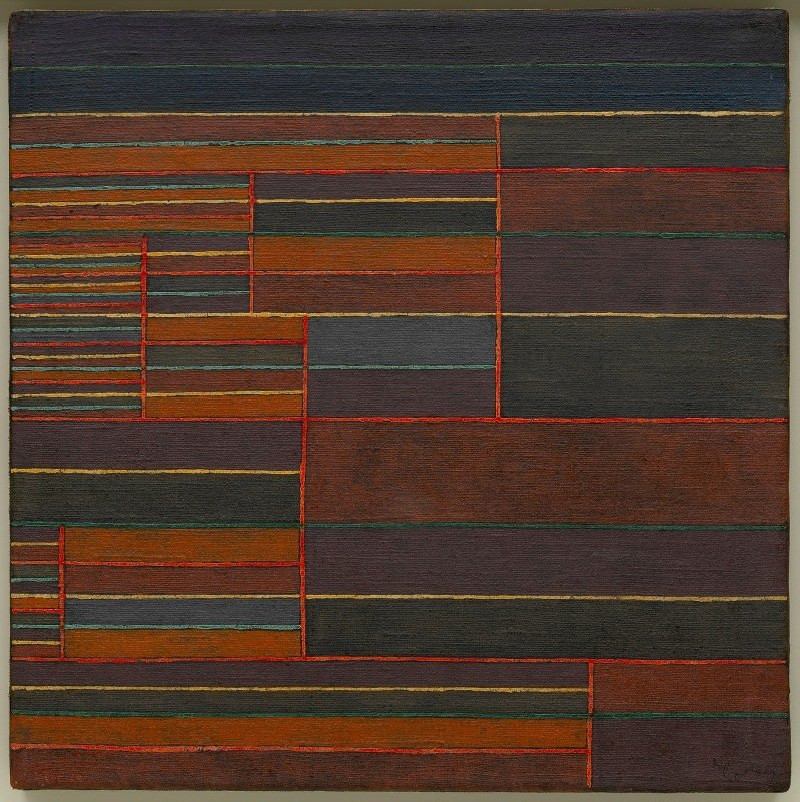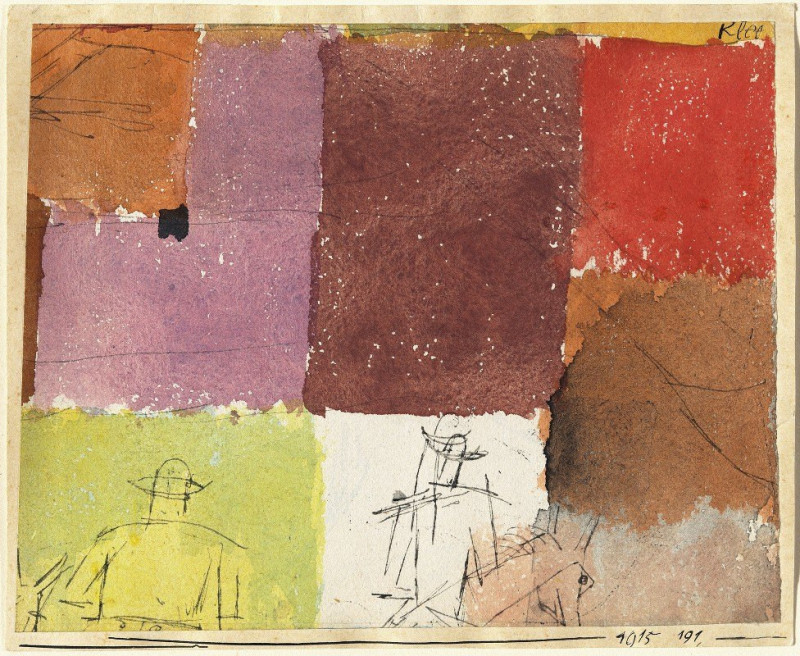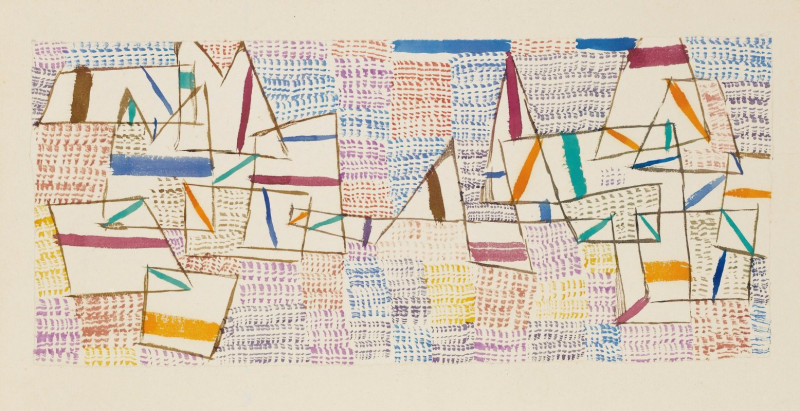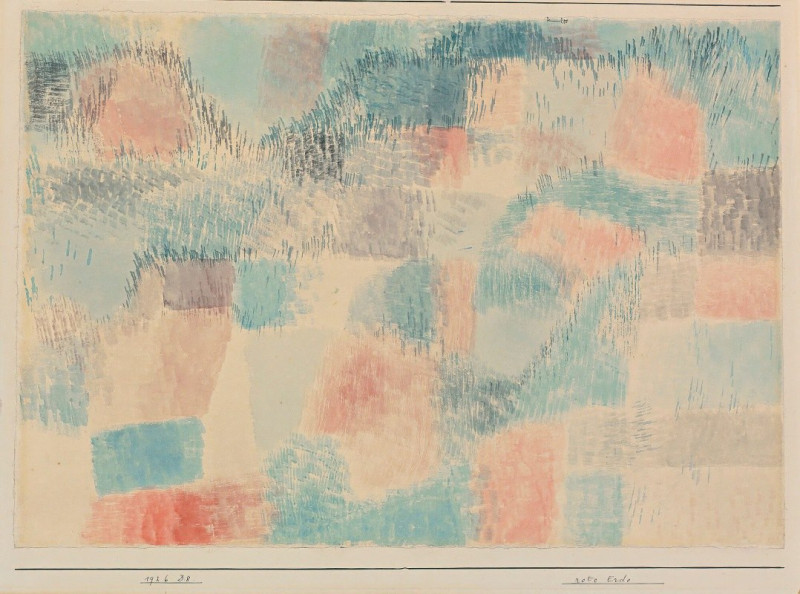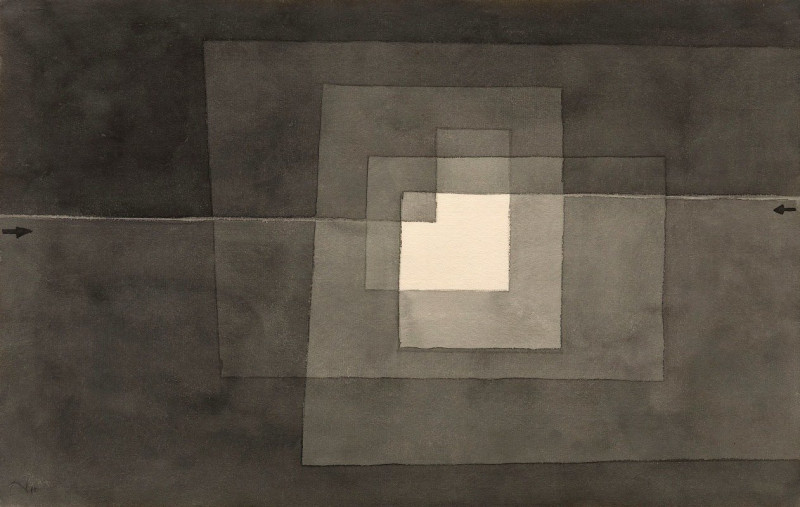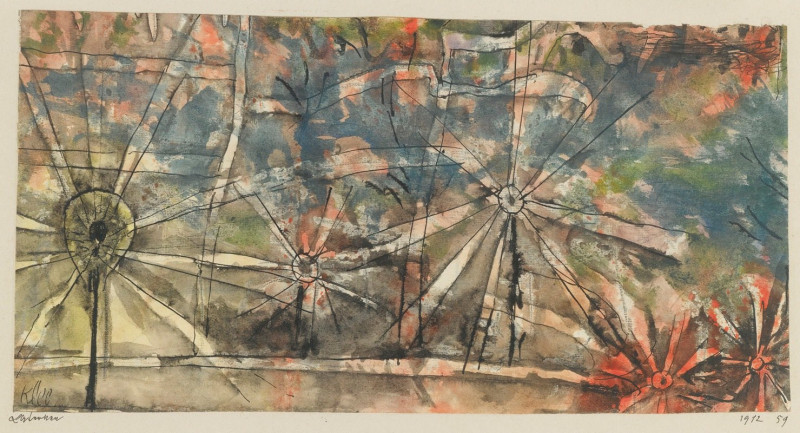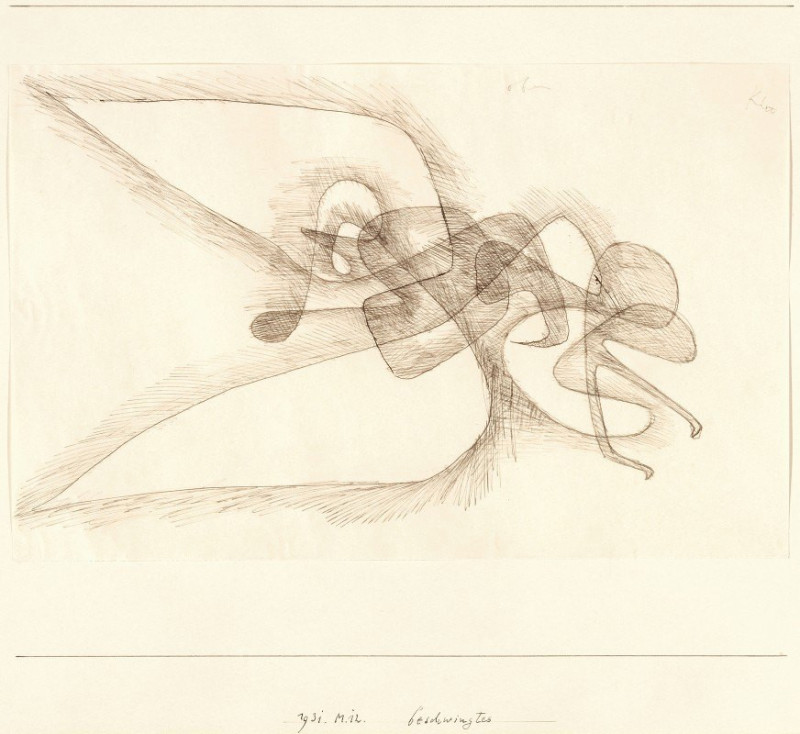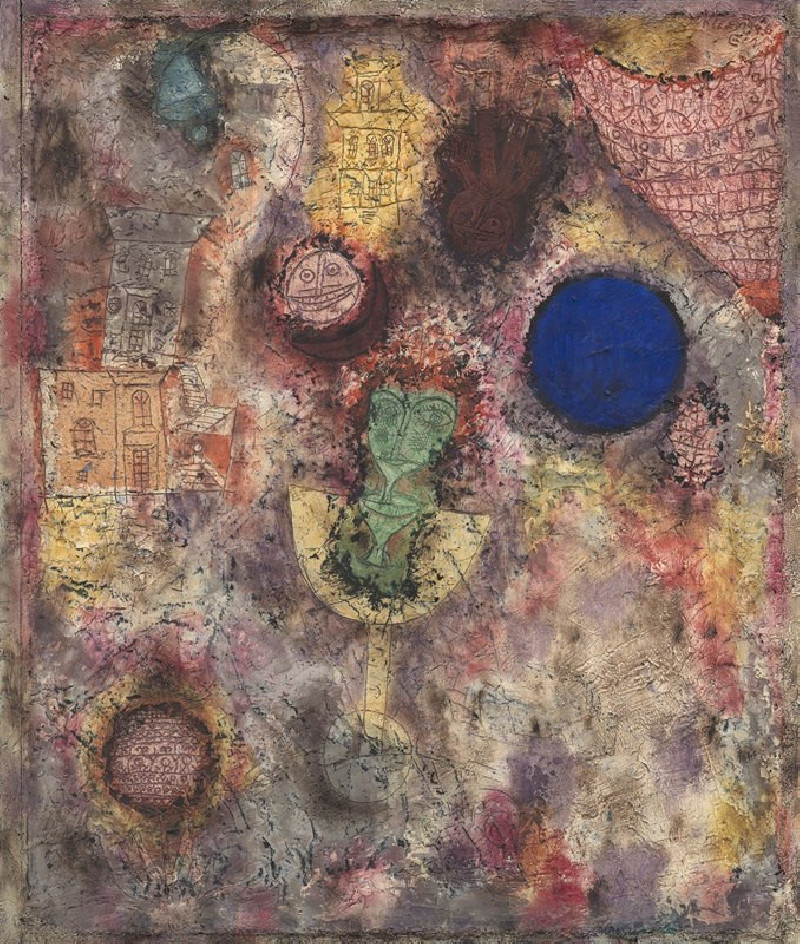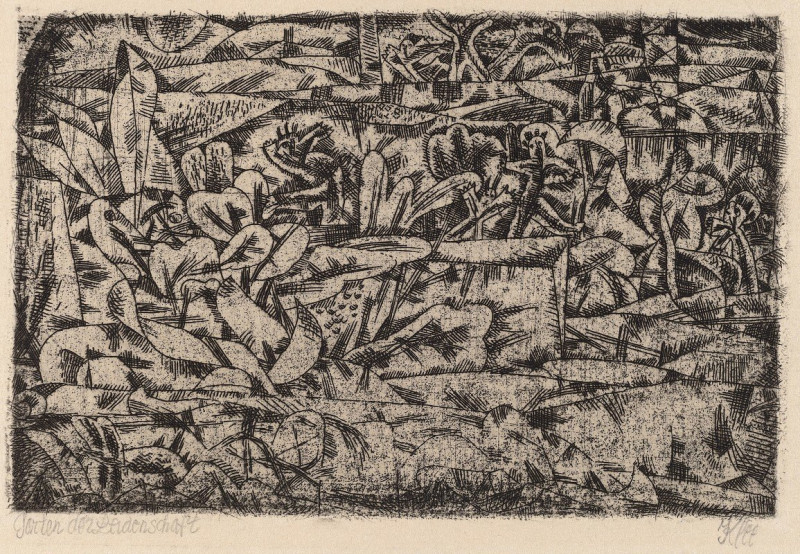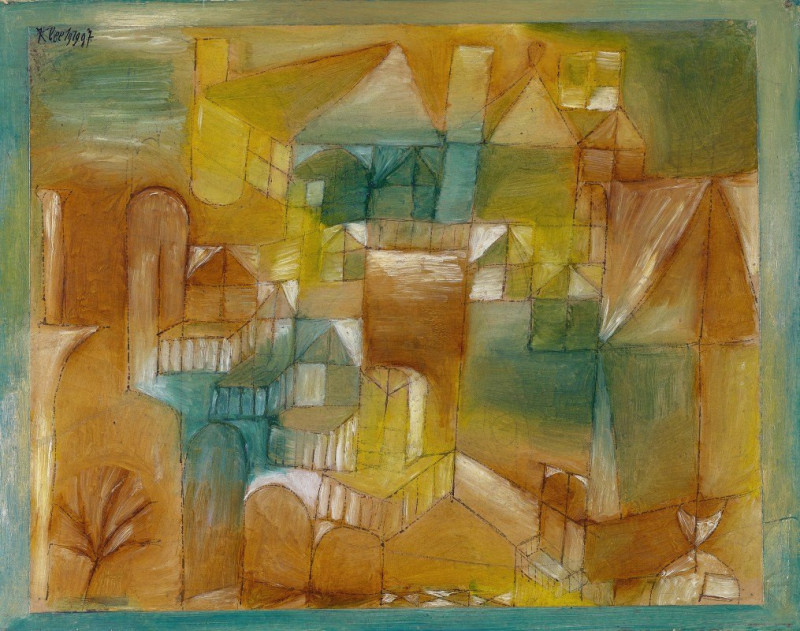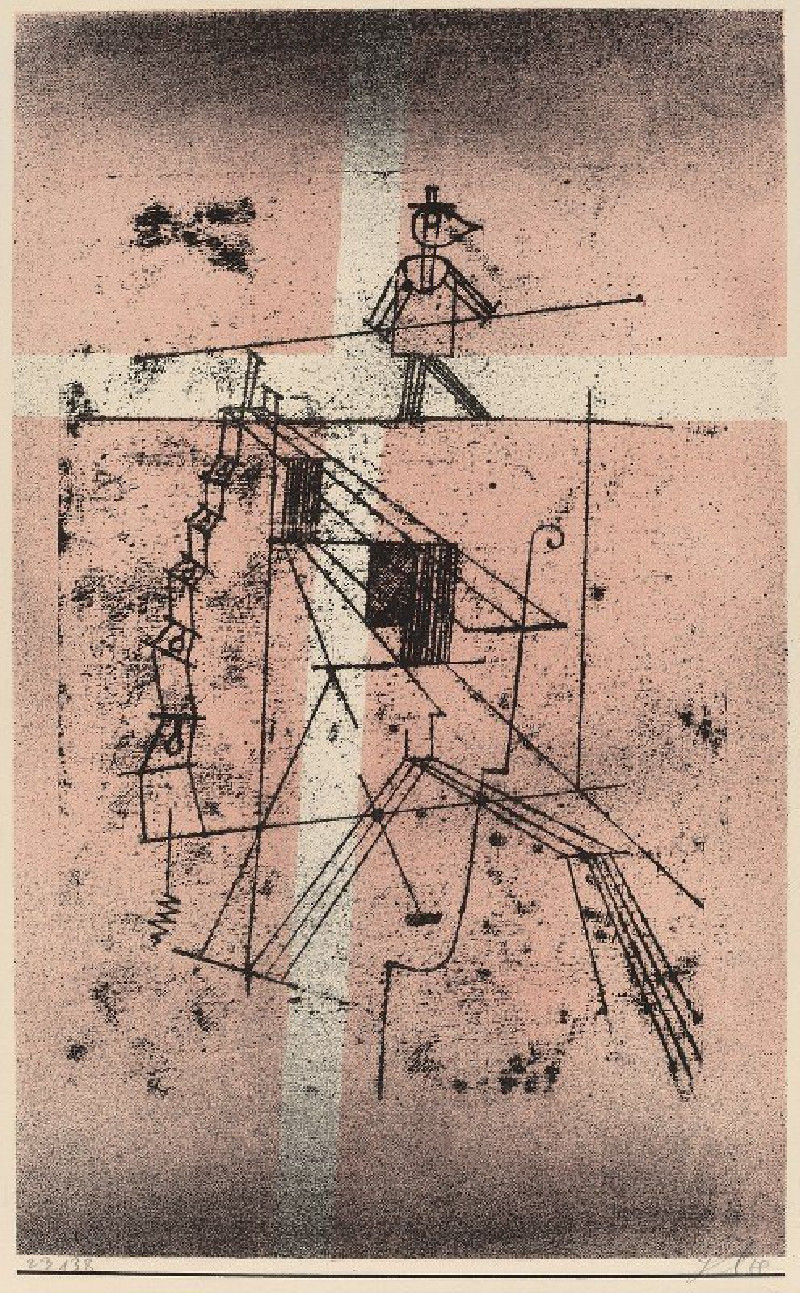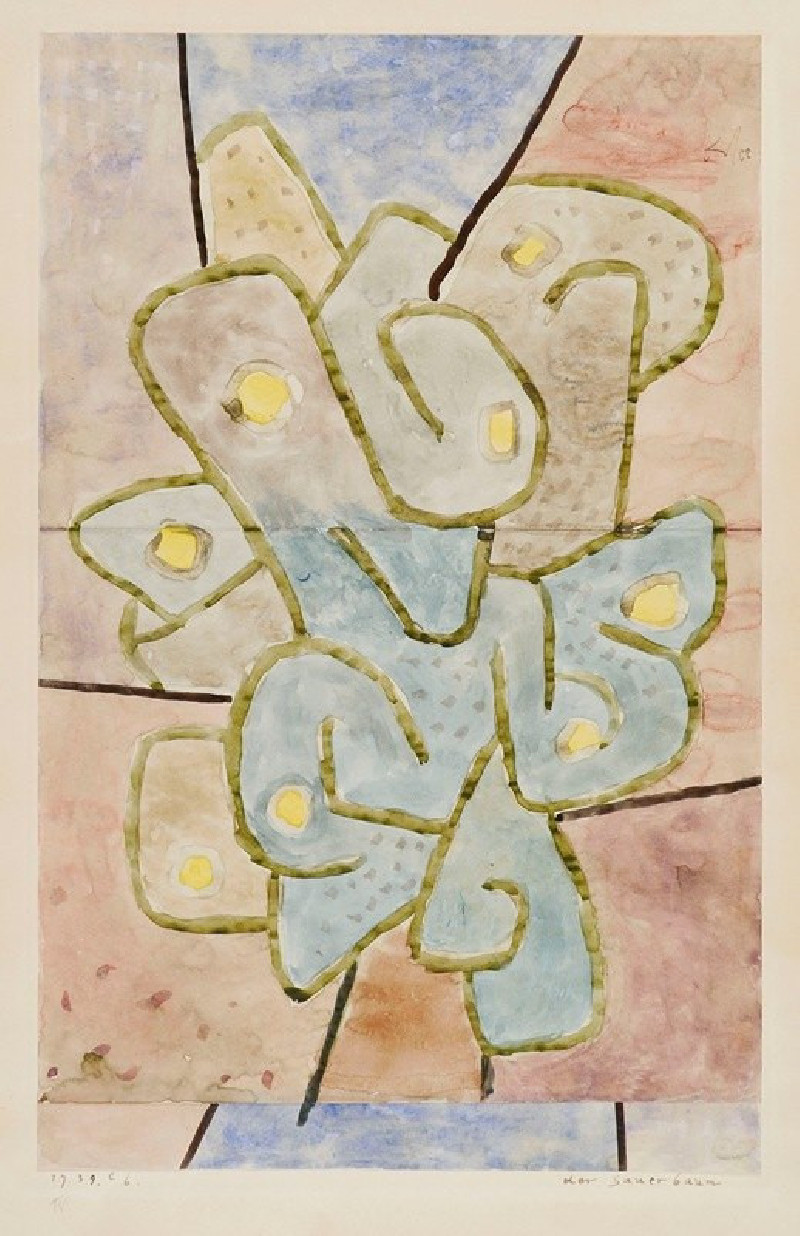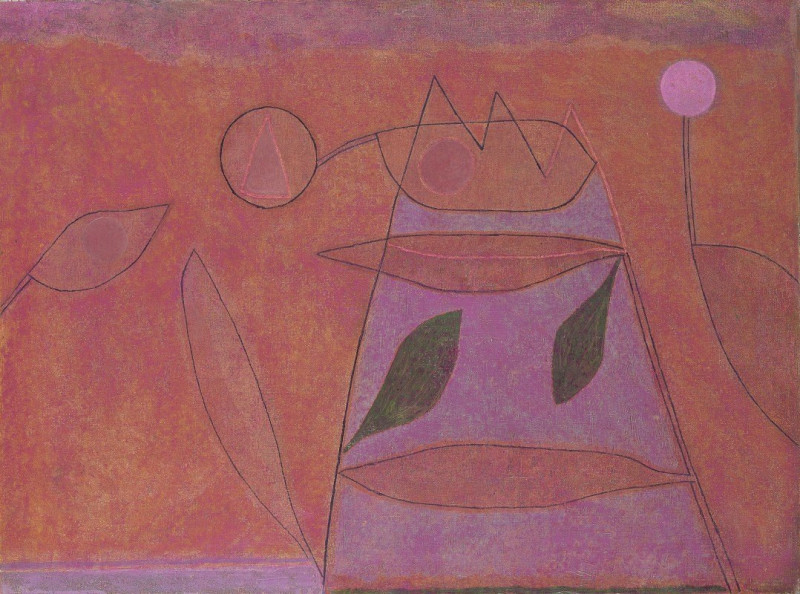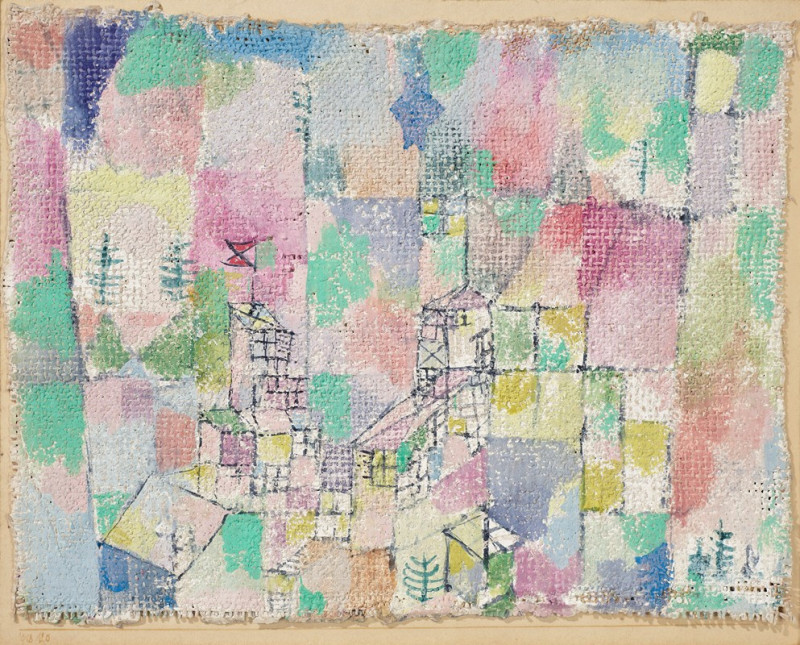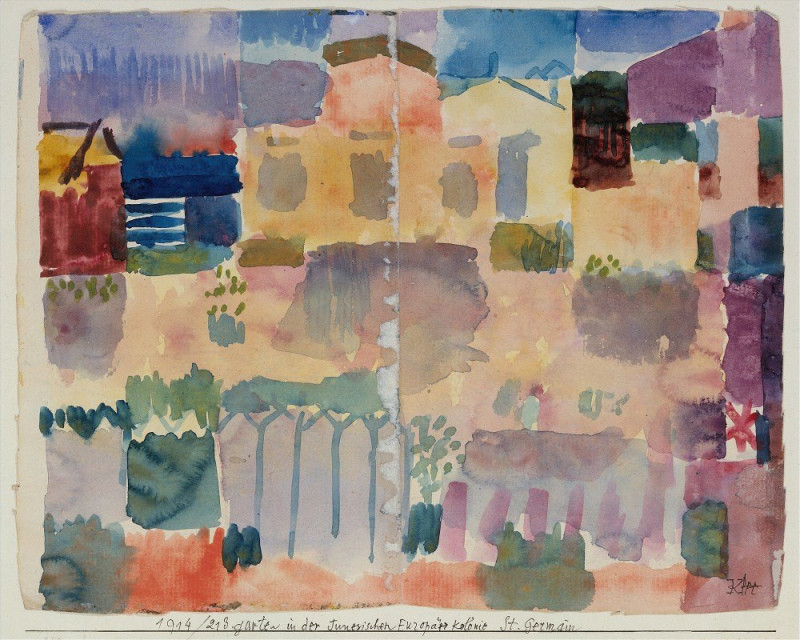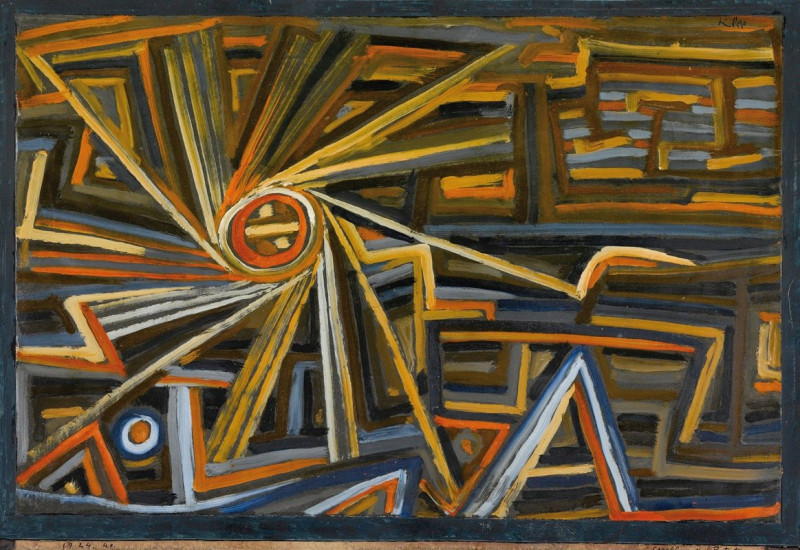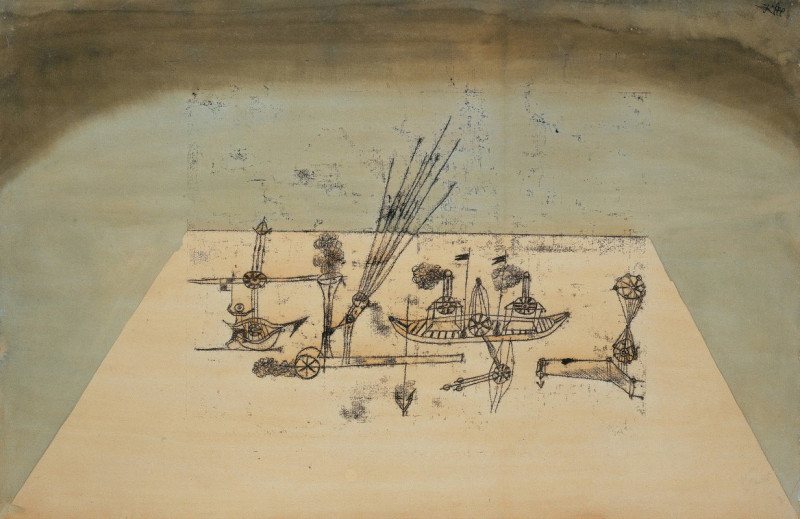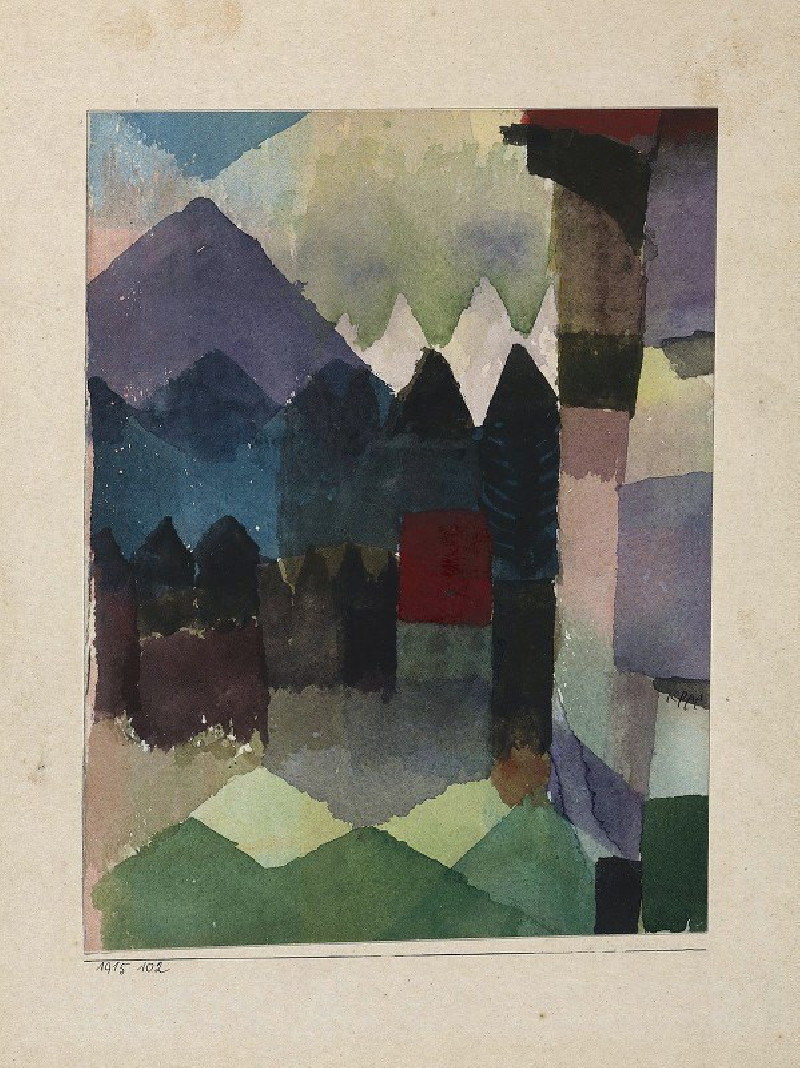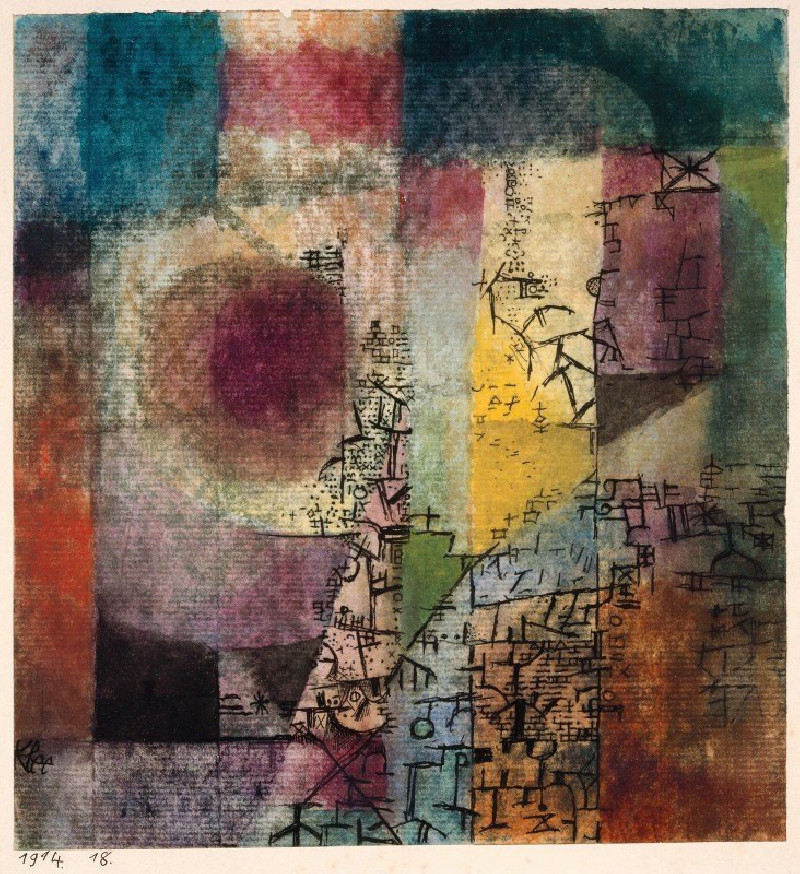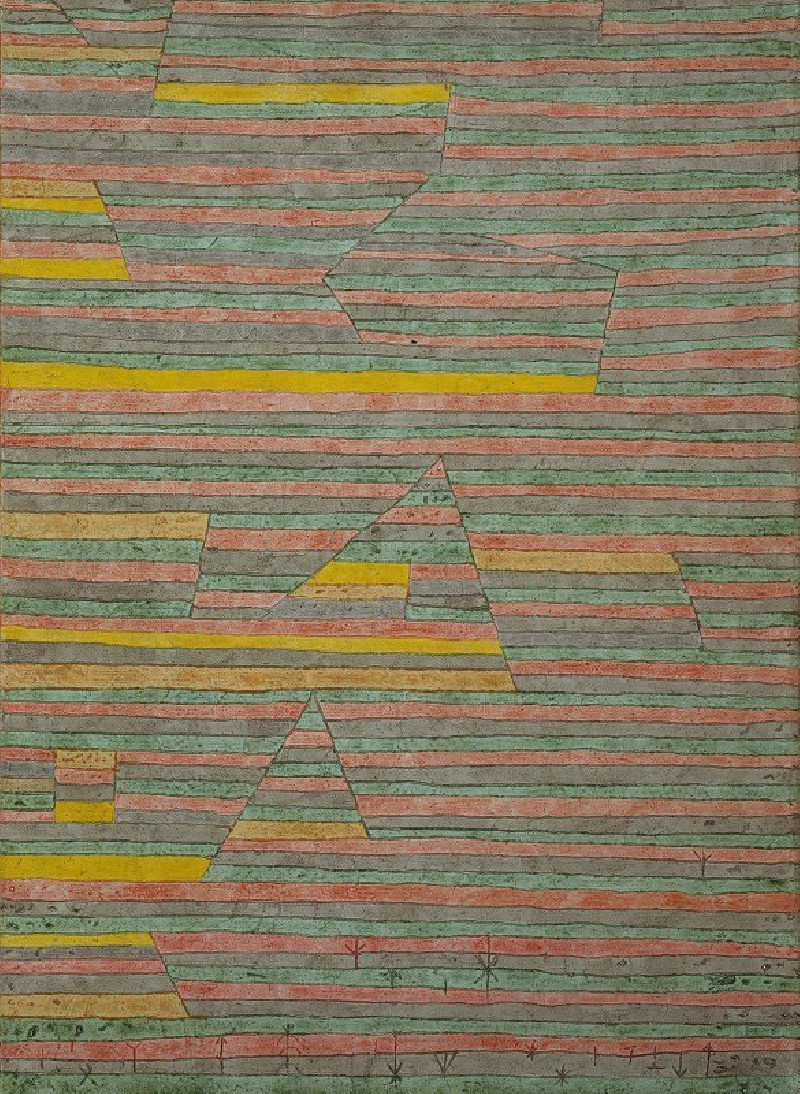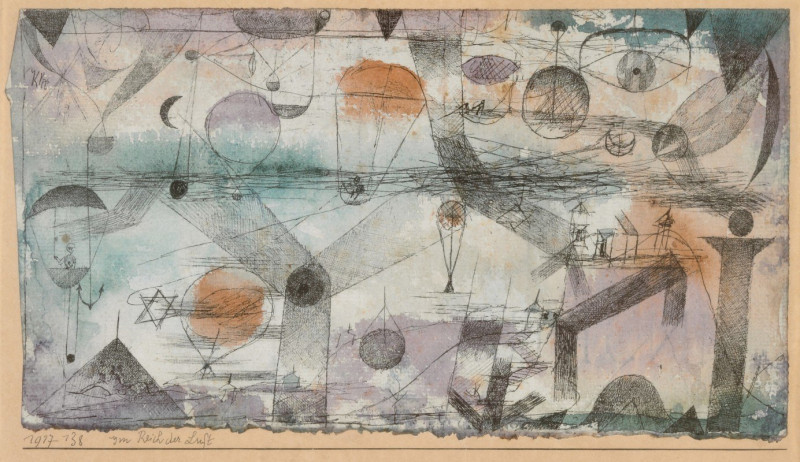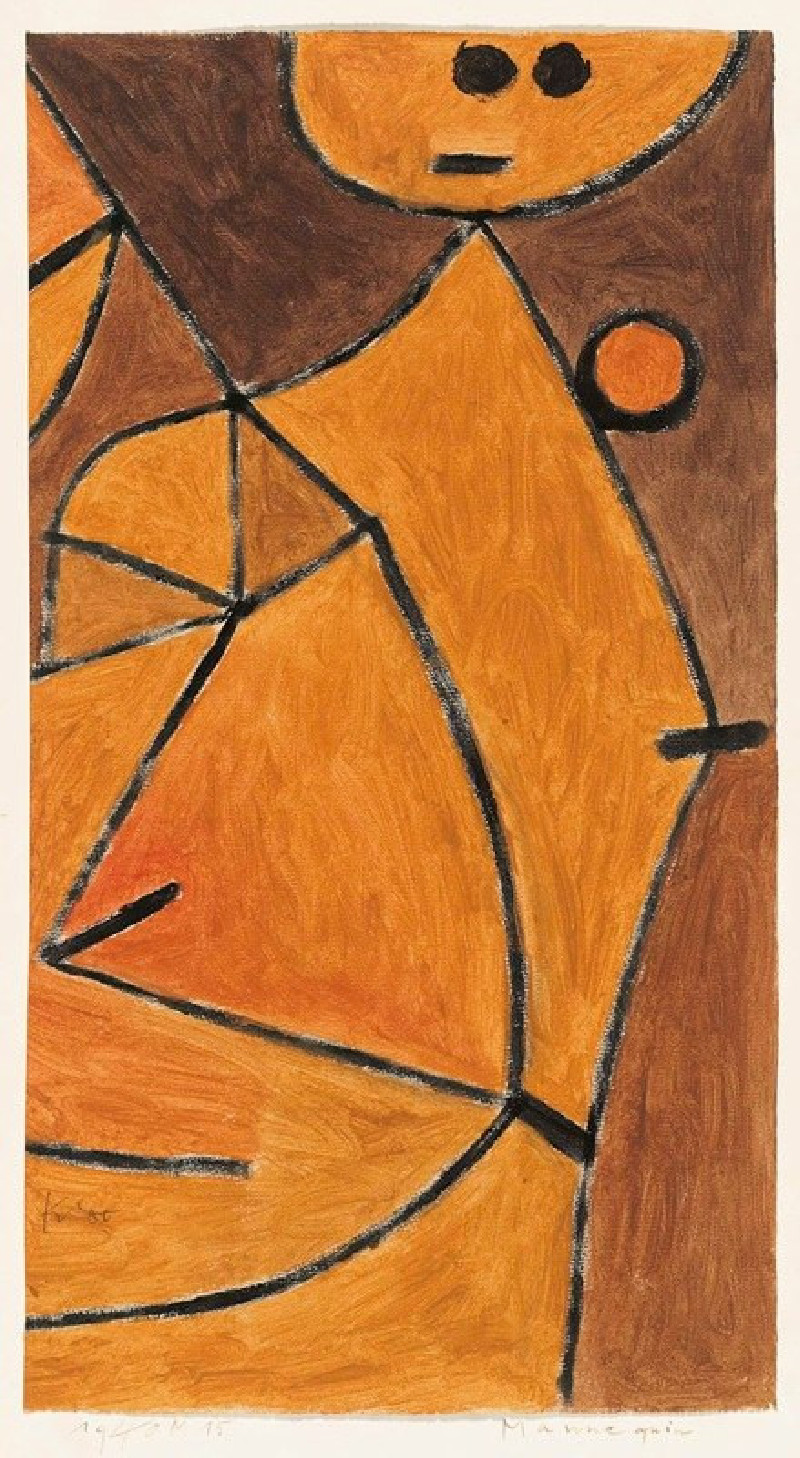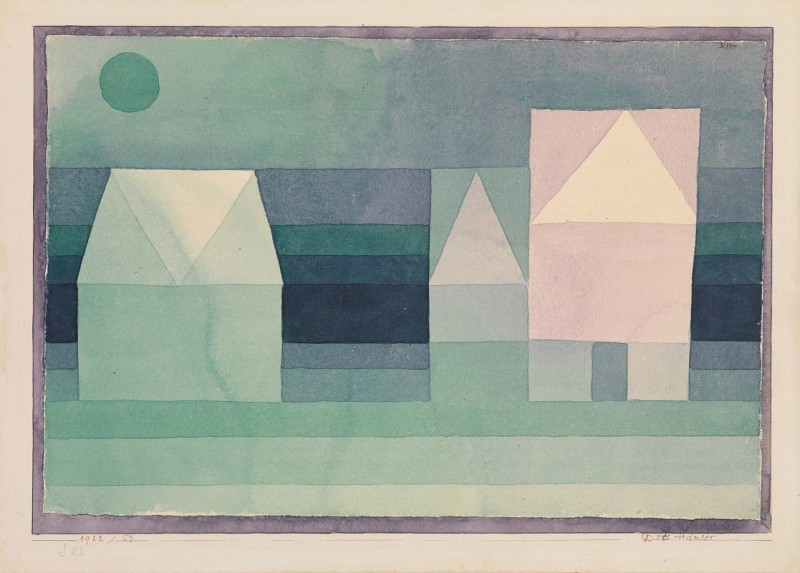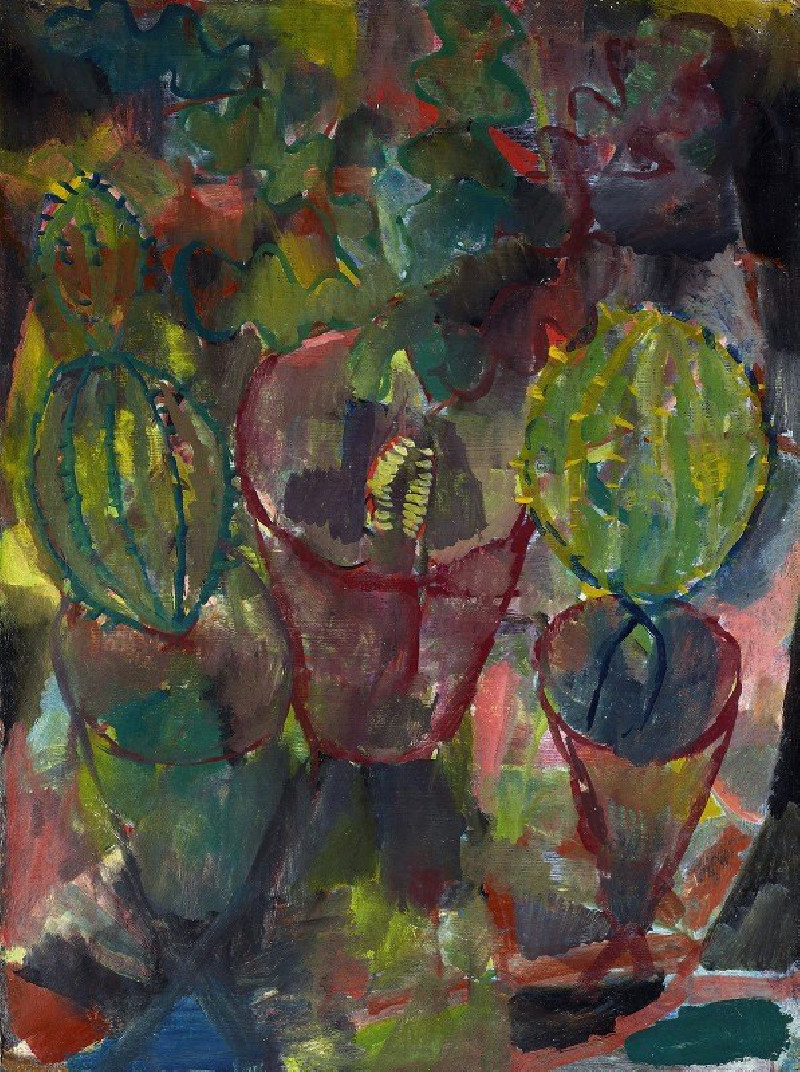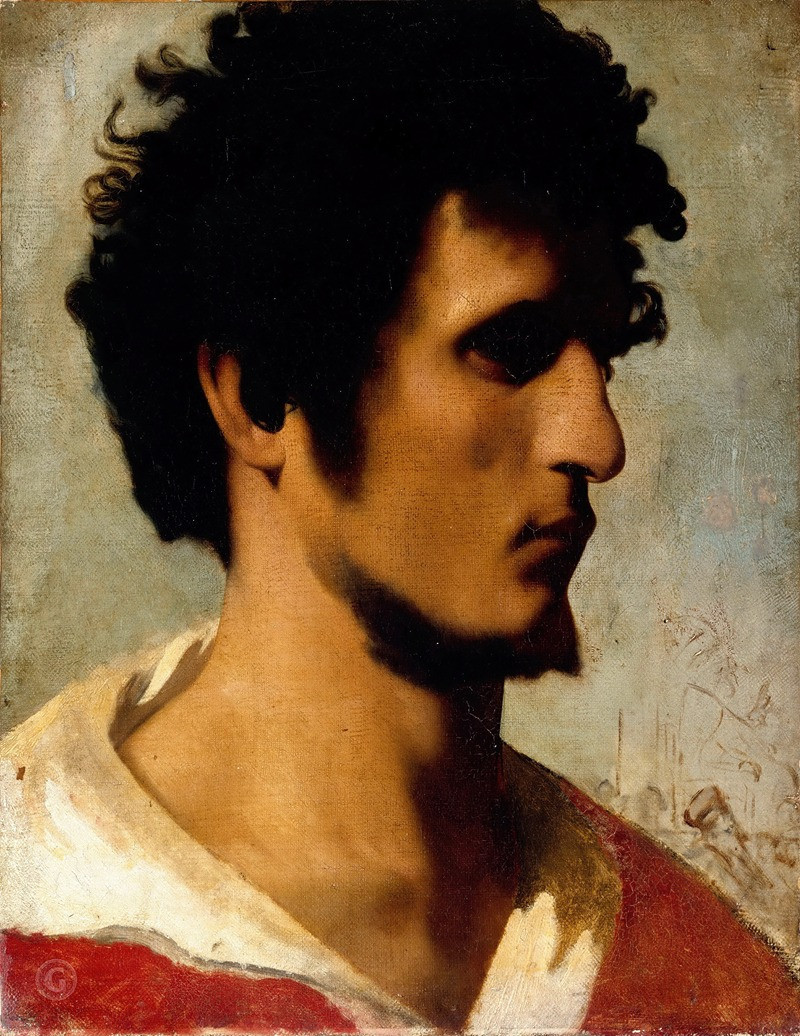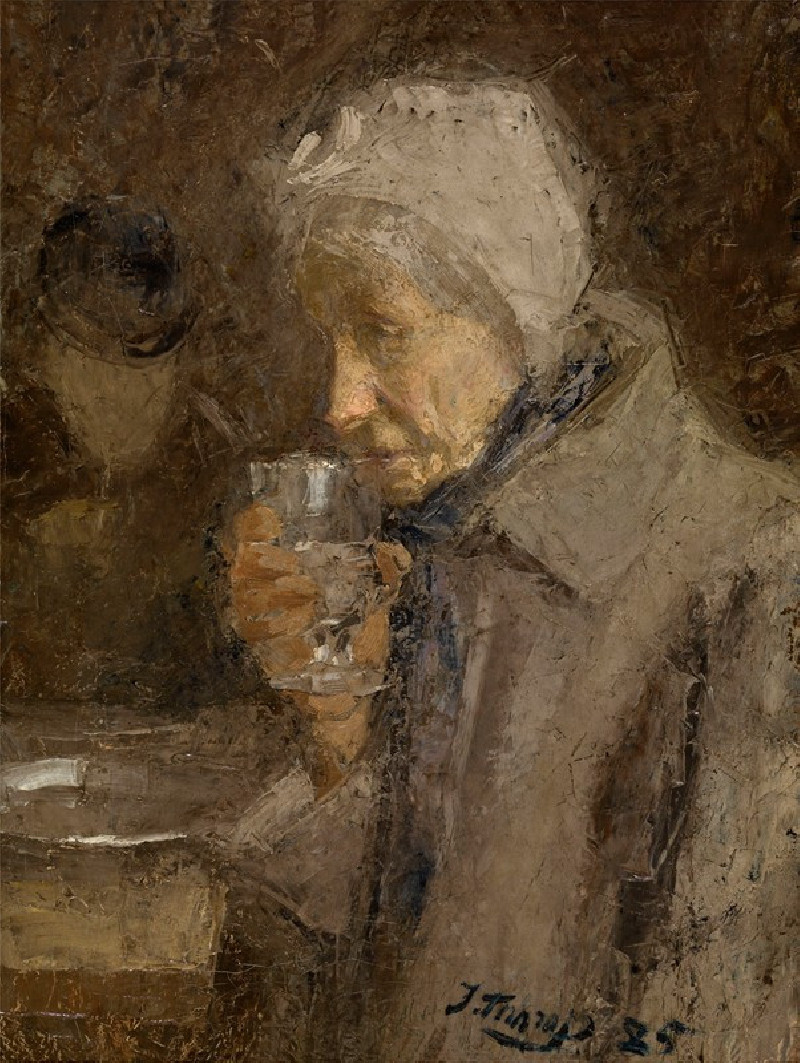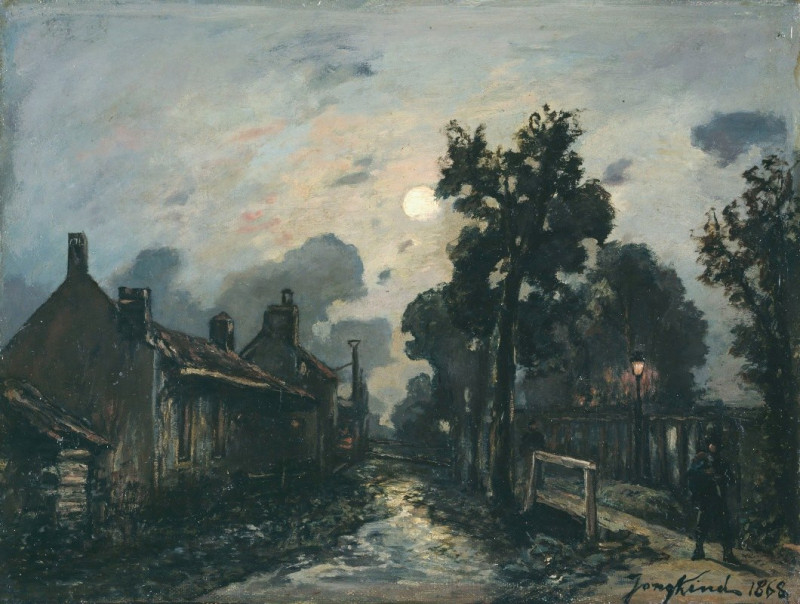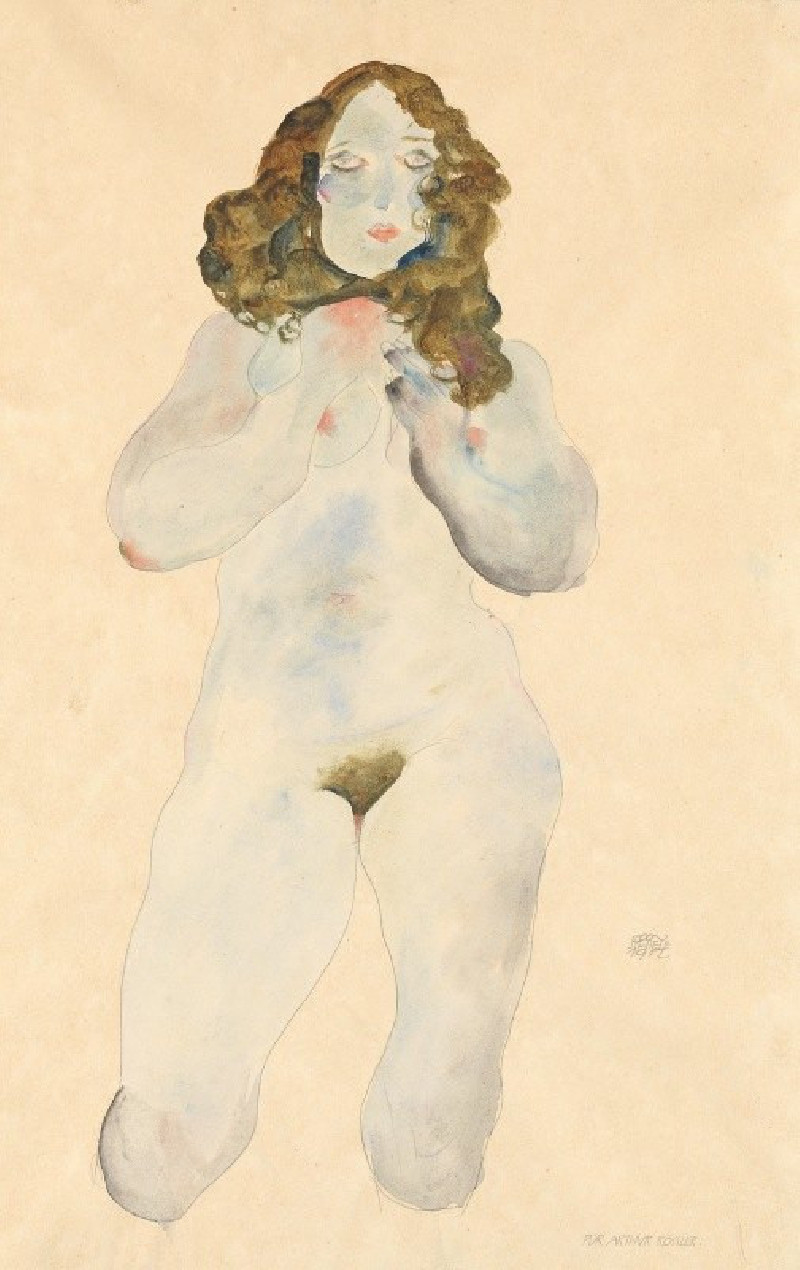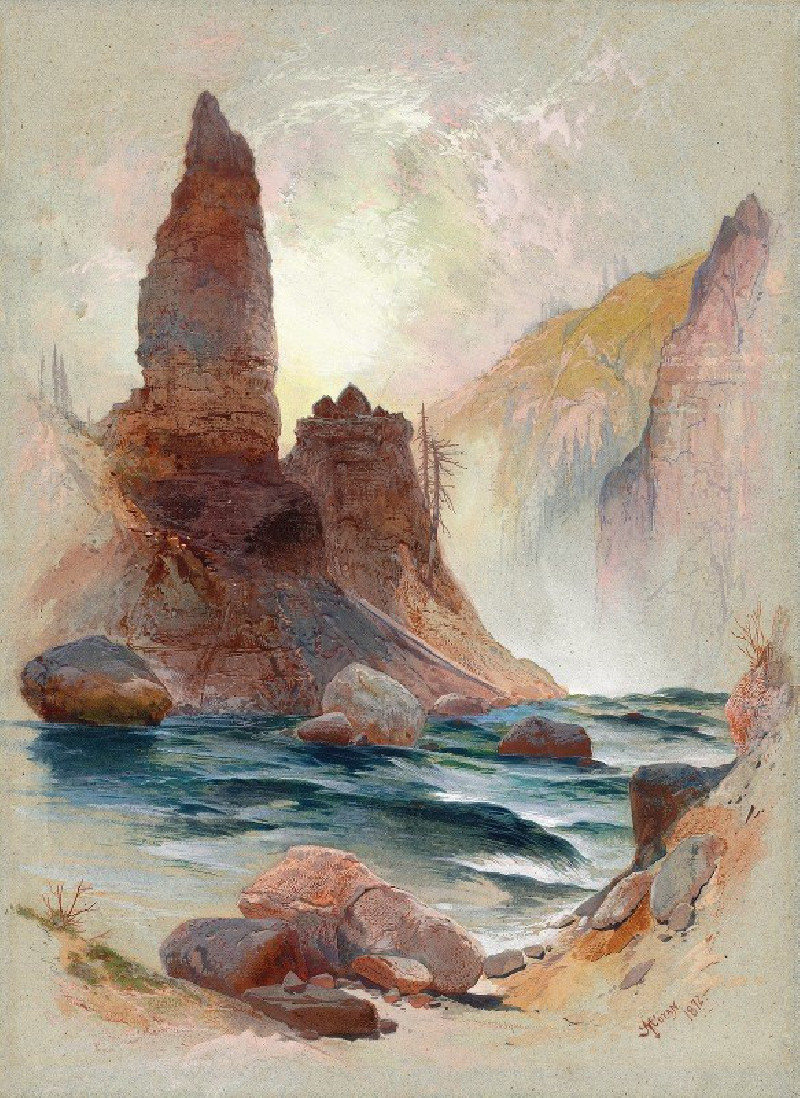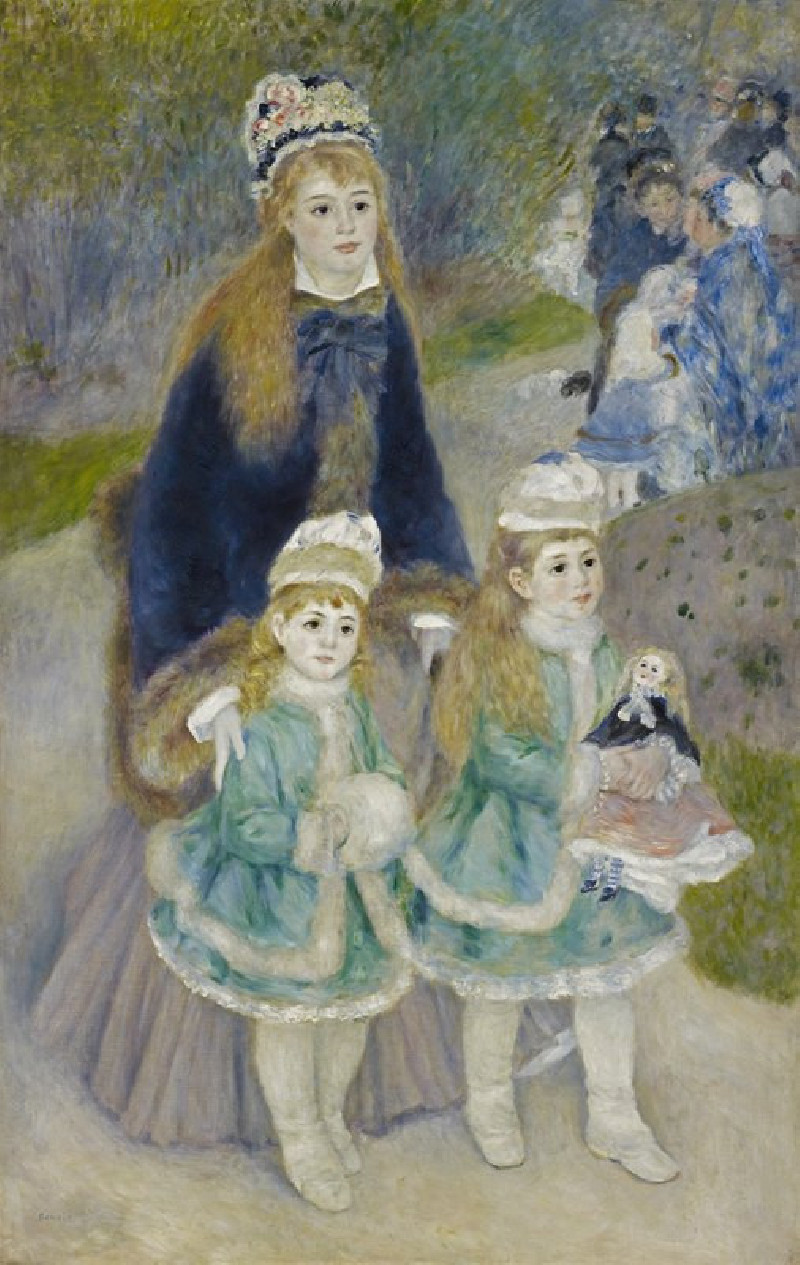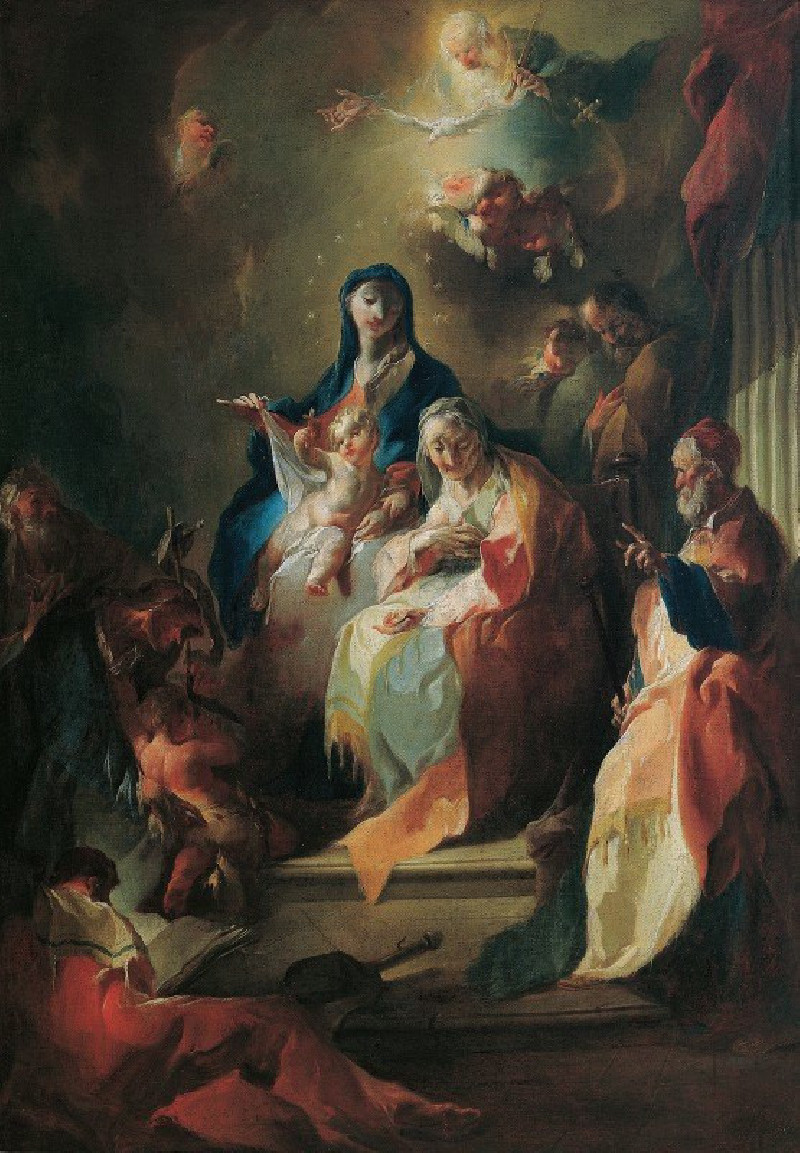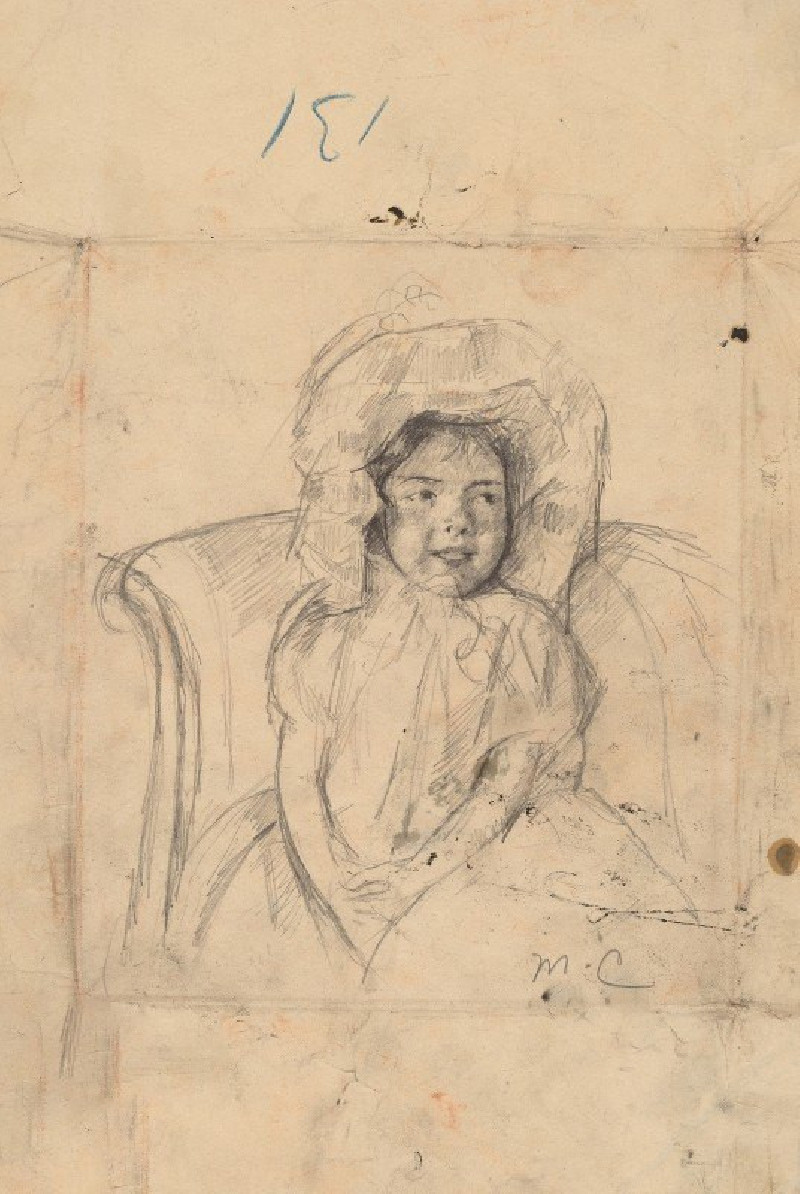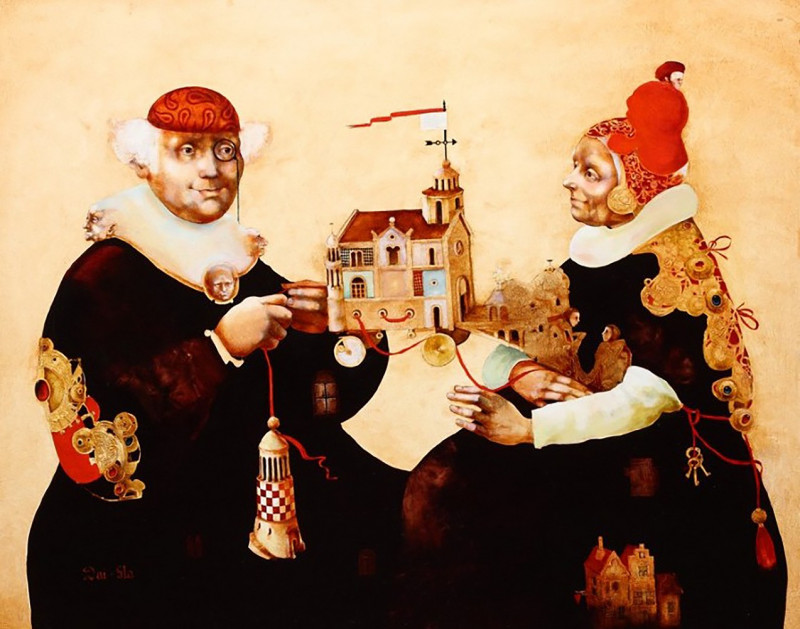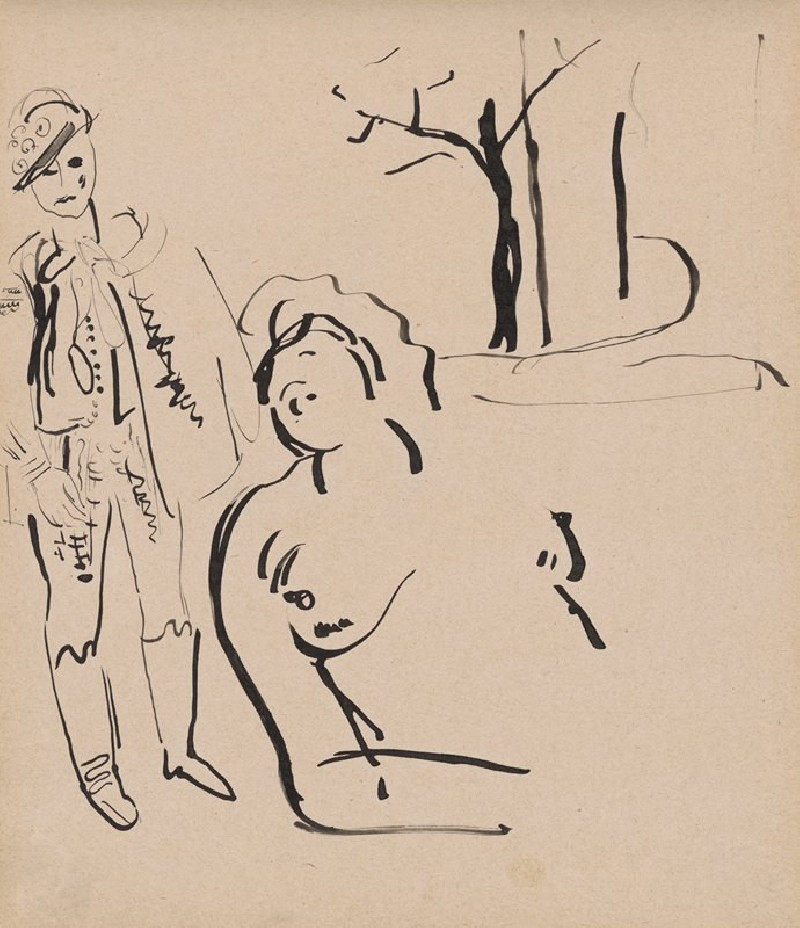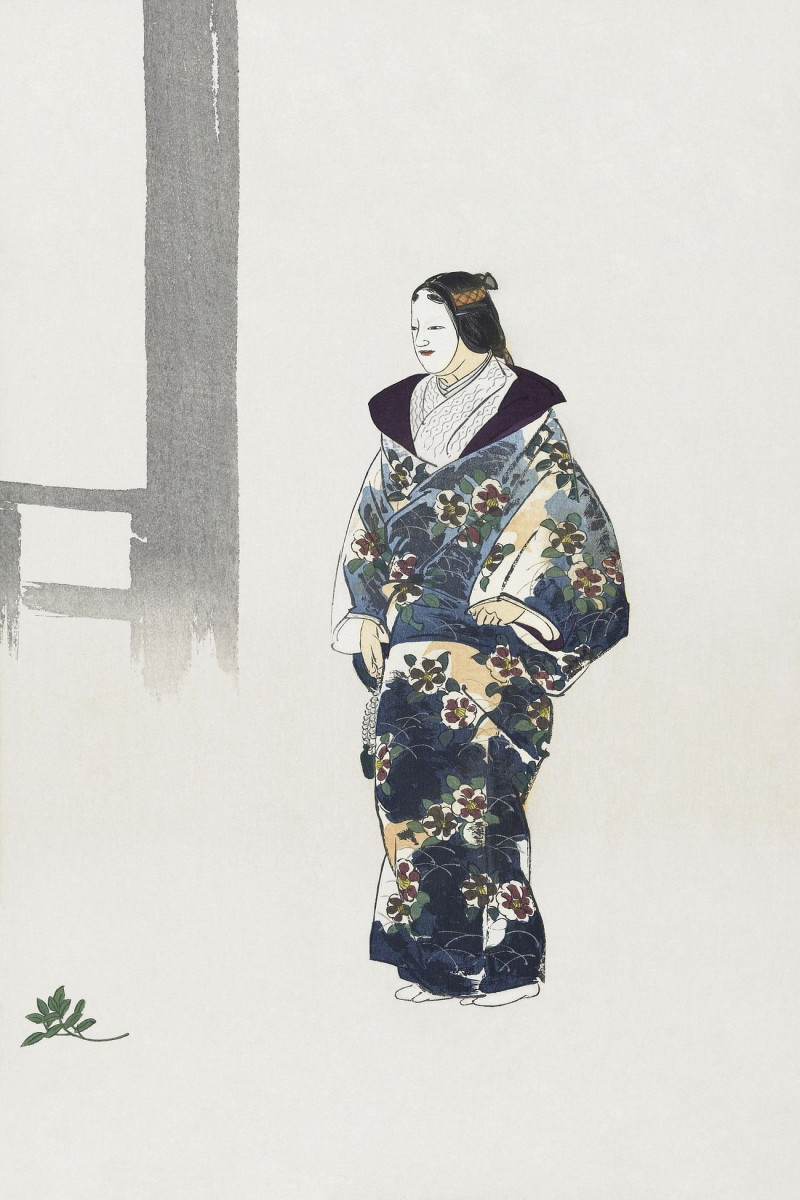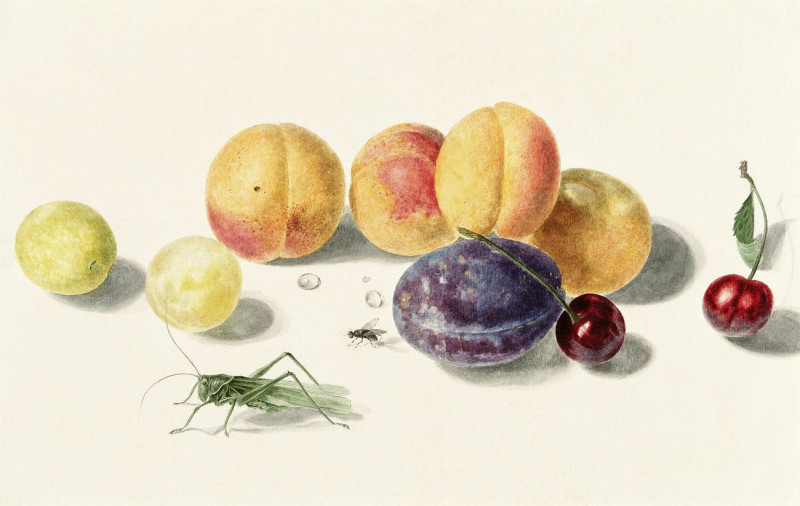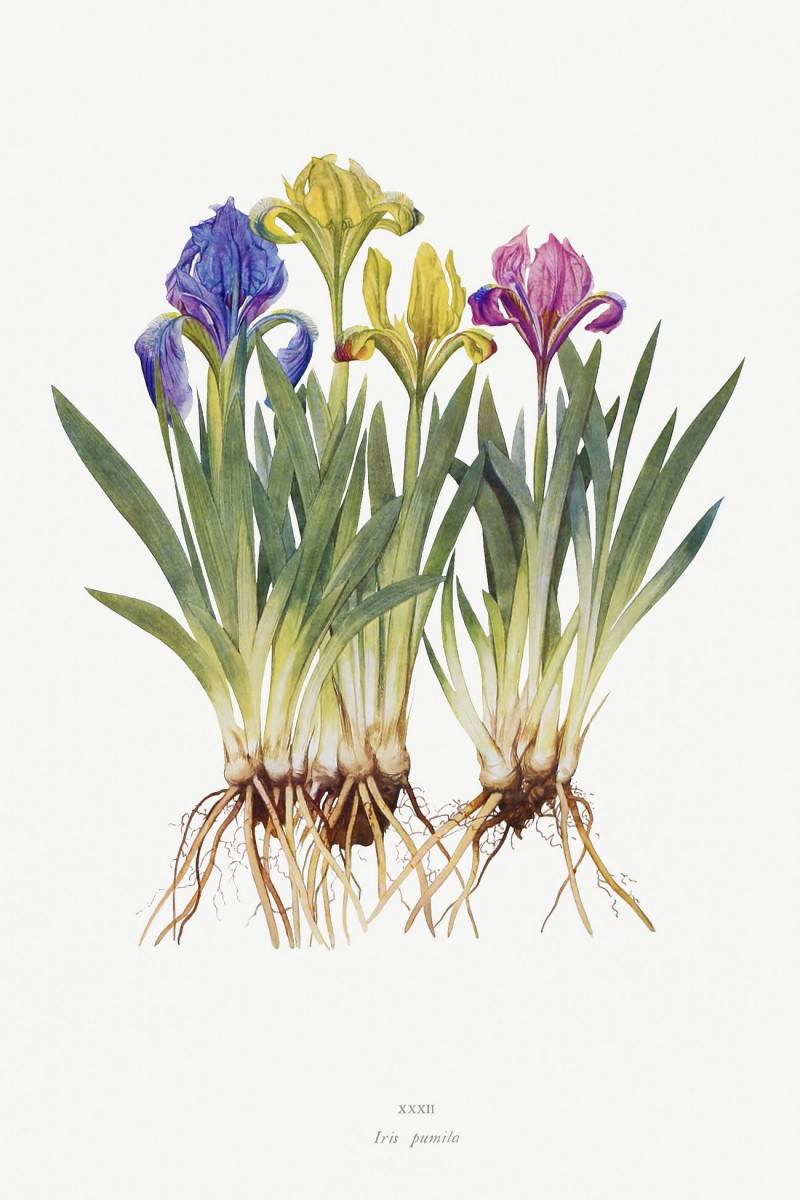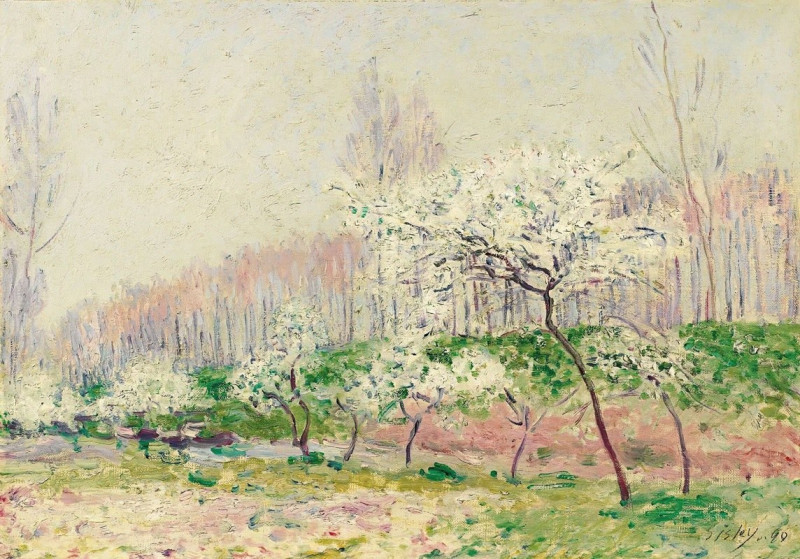Fire Wind (1922)
Technique: Giclée quality print
Recommended by our customers
More about this artwork
"Fire Wind" (1922) by Paul Klee is a fascinating artwork that gracefully captures the abstract interplay of forces that appear almost elemental in nature. In this intriguing pencil sketch, Klee arranges a series of geometric forms and dynamic lines that suggest a vigorous movement akin to a gusty wind or the swirling currents of air heated by fire. The composition predominantly features an array of triangles and rectangles, accompanied by arrows and swirling lines that together evoke the sensation of a tumultuous breeze.Klee’s use of these swirling, curling elements particularly stands out, hinting at the spiraling motion of wind and air. The artwork, almost scientific in its layout, may remind viewers of meteorological diagrams depicting wind patterns. Despite its seemingly rigorous structure, there is a palpable sense of organic spontaneity in how these elements are dispersed across the canvas, lending the piece an ethereal and somewhat mystic quality.As one of the Bauhaus’s most inventive thinkers, Klee’s "Fire Wind" exemplifies his ongoing experimentation with form and his ability to derive profound effects from minimalistic and abstract compositions.
Delivery
Returns
Paul Klee was a Swiss-born German artist. His highly individual style was influenced by movements in art that included expressionism, cubism, and surrealism. Klee was a natural draftsman who experimented with and eventually deeply explored color theory, writing about it extensively; his lectures Writings on Form and Design Theory (Schriften zur Form und Gestaltungslehre), published in English as the Paul Klee Notebooks, are held to be as important for modern art as Leonardo da Vinci's A Treatise on Painting for the Renaissance.

